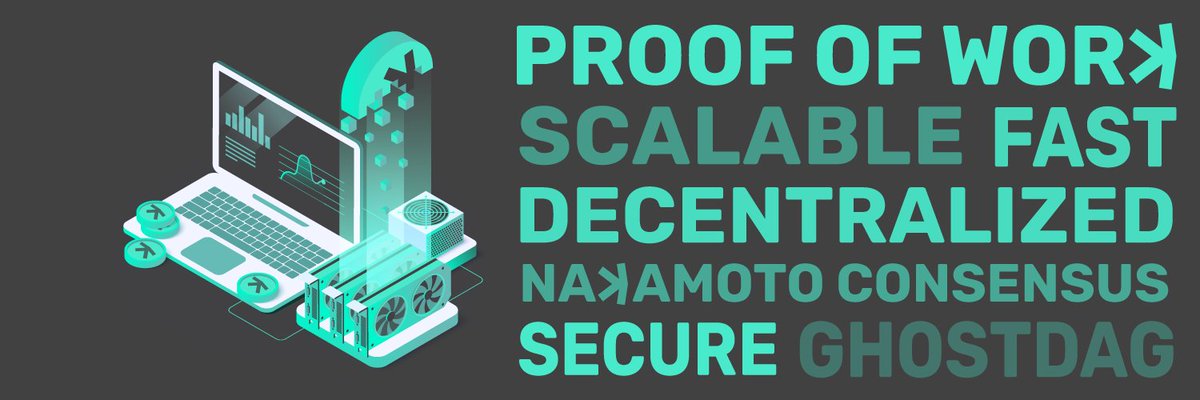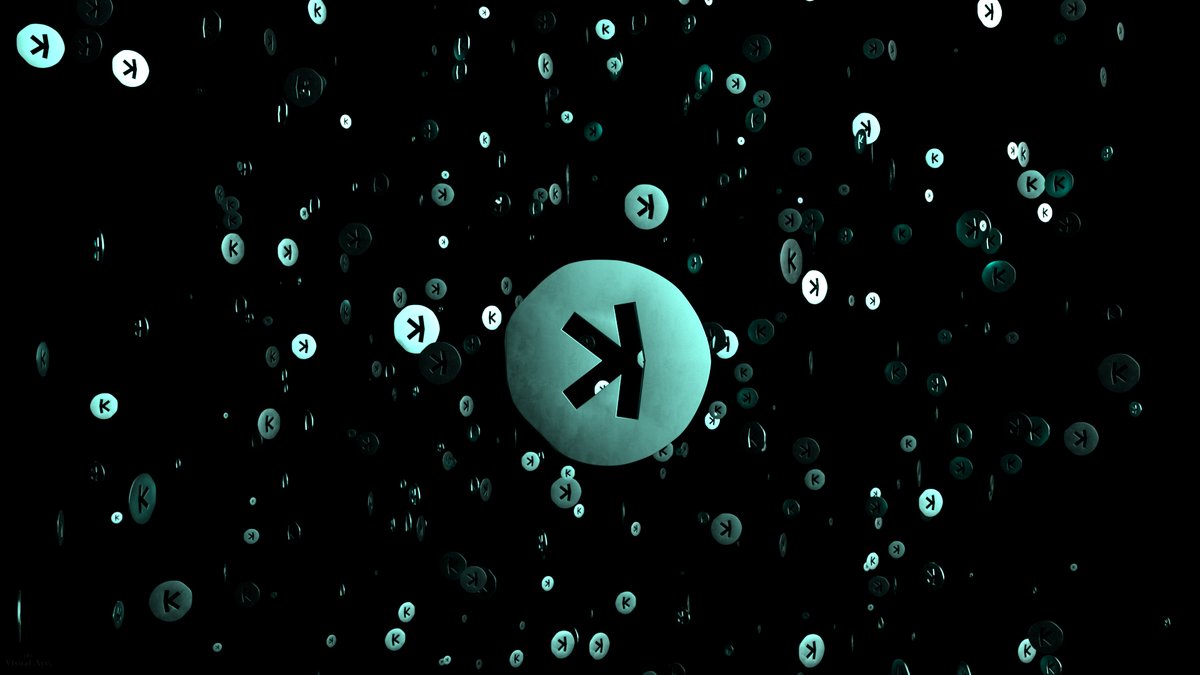Most blockchains claim to be scalable
But when pressure hits, most of them fall back on centralization or complexity
$KAS @kaspaunchained takes a different path. It doesn’t scale through more layers, it scales by fixing the base layer itself
Here’s what that actually means 🧵👇

1/
$KAS isn’t built around the traditional idea of “one block at a time”
Instead, it uses a structure called a blockDAG, a Directed Acyclic Graph where multiple blocks can be created and confirmed in parallel
This removes the block-by-block bottleneck that has limited Proof-of-Work since Bitcoin
2/
In most blockchains, blocks that arrive at the same time are treated as a conflict.
One is accepted, the rest are discarded.
$KAS changes that. Its GHOSTDAG consensus protocol accepts all valid blocks and simply orders them.
No wasted work. No slowdowns during peak usage.
3/
The end result feels different
Transactions appear on the network almost instantly
Blocks are created at 0.1-second intervals and reach confirmation in about 10 seconds
It’s responsive in a way most PoW networks never were, but without cutting corners
4/
This speed doesn’t come from adding trust assumptions or new layers
There are no validators, no finality gadgets, no staking dynamics
$KAS is pure Proof-of-Work, using the kHeavyHash algorithm, optimized for energy efficiency and future-ready mining like optics

5/
But the architecture is only part of the story
$KAS also launched differently ⬇️
▪️ No premine
▪️ No private sale
▪️ No foundation pulling the strings
The mainnet went live in November 2021 and has been fully open to miners and contributors from the start
7/
That mindset shows up in the codebase
$KAS was built to avoid common pain points before they become problems
➡️ MEV resistance is embedded at the consensus level
➡️ Block pruning keeps node size manageable
The Rust-based client can handle thousands of transactions per second on standard hardware
9/
Because $KAS base layer is already fast and final, L2s built on top can remain simple, secure, and cost-efficient
This unlocks new patterns in decentralized applications that don’t rely on high fees or centralized infra to stay performant
11/
Most networks scale by adding layers and hoping the base holds
$KAS scaled by making the base stronger
That difference may not be loud, but it’s becoming more obvious as networks age, demand grows, and decentralization is harder to fake
12/
If you’ve been looking for a Layer 1 that prioritizes architecture over hype, and decentralization over short-term speed tricks, $KAS is worth your attention
It’s not trying to be first, it’s trying to be right
13/
Useful Links 💻
X: @kaspaunchained
Website:
Telegram:
Medium:
GitHub:
14/
That's it for this $KAS Thread, thanks for tuning in 🧵
Follow my account @MoonKing___ to stay updated 🕵️
If you want to support me, drop a like and a RT on the 1st tweet of the thread 💪
42.66K
205
The content on this page is provided by third parties. Unless otherwise stated, OKX is not the author of the cited article(s) and does not claim any copyright in the materials. The content is provided for informational purposes only and does not represent the views of OKX. It is not intended to be an endorsement of any kind and should not be considered investment advice or a solicitation to buy or sell digital assets. To the extent generative AI is utilized to provide summaries or other information, such AI generated content may be inaccurate or inconsistent. Please read the linked article for more details and information. OKX is not responsible for content hosted on third party sites. Digital asset holdings, including stablecoins and NFTs, involve a high degree of risk and can fluctuate greatly. You should carefully consider whether trading or holding digital assets is suitable for you in light of your financial condition.

